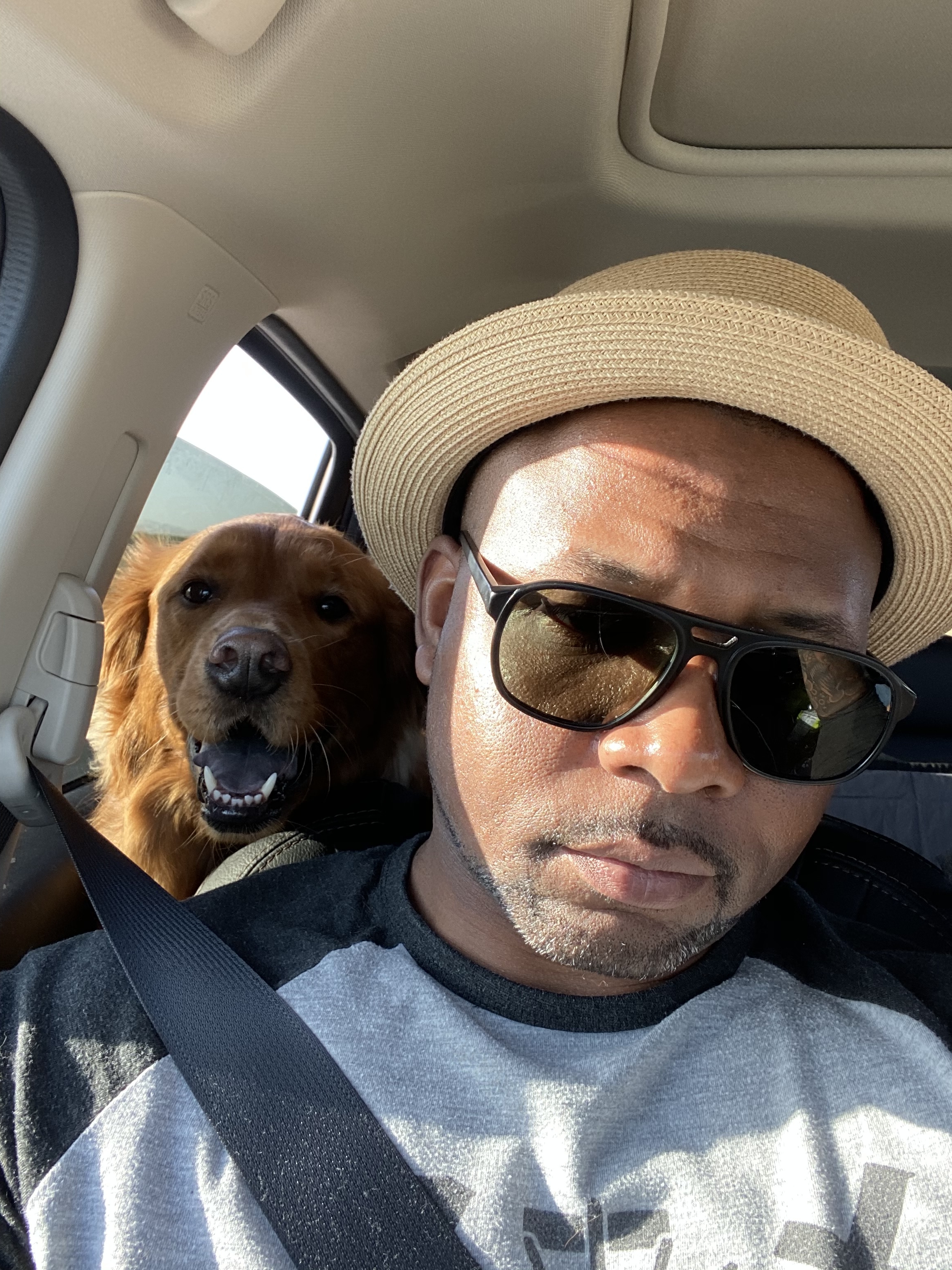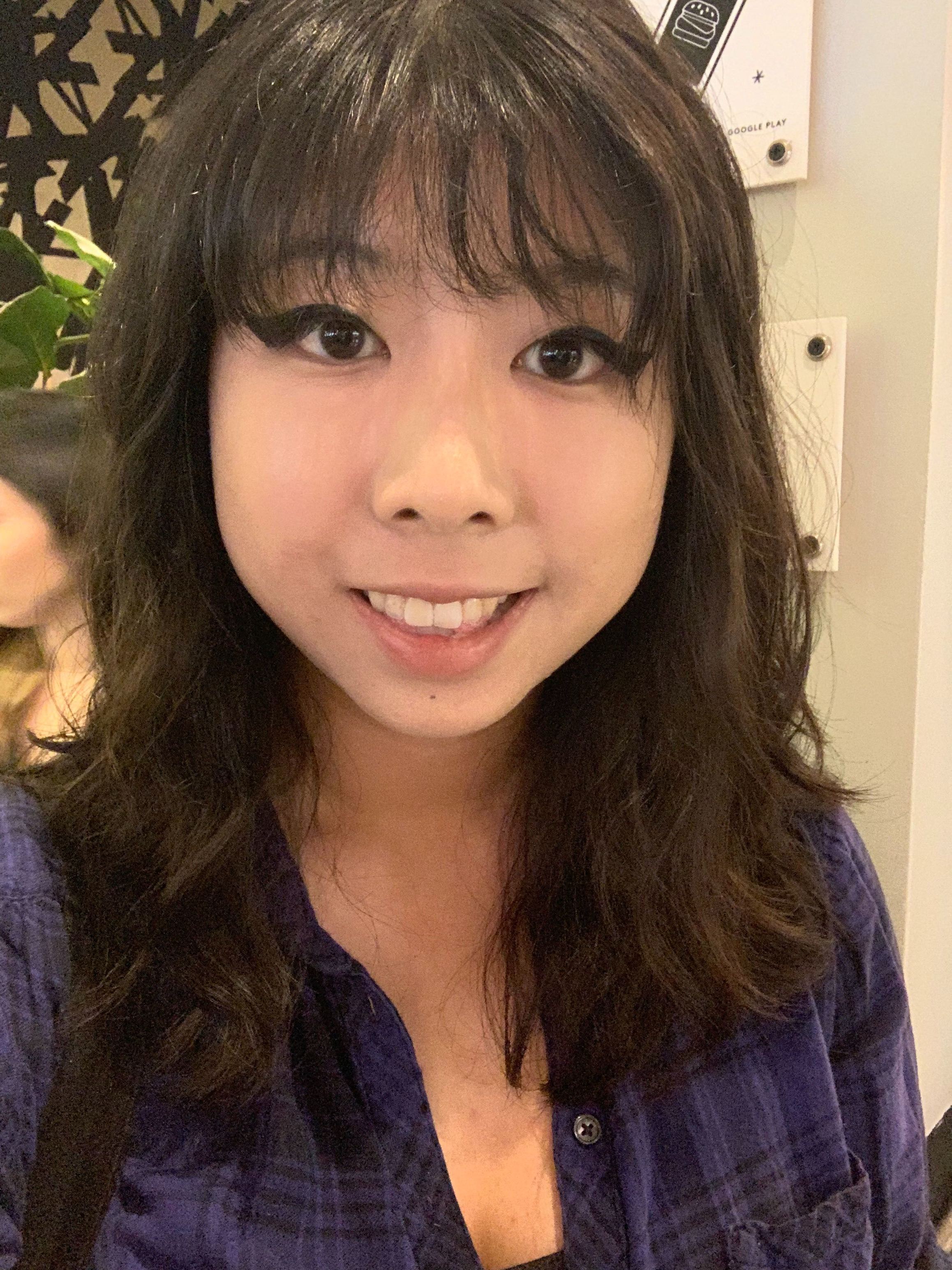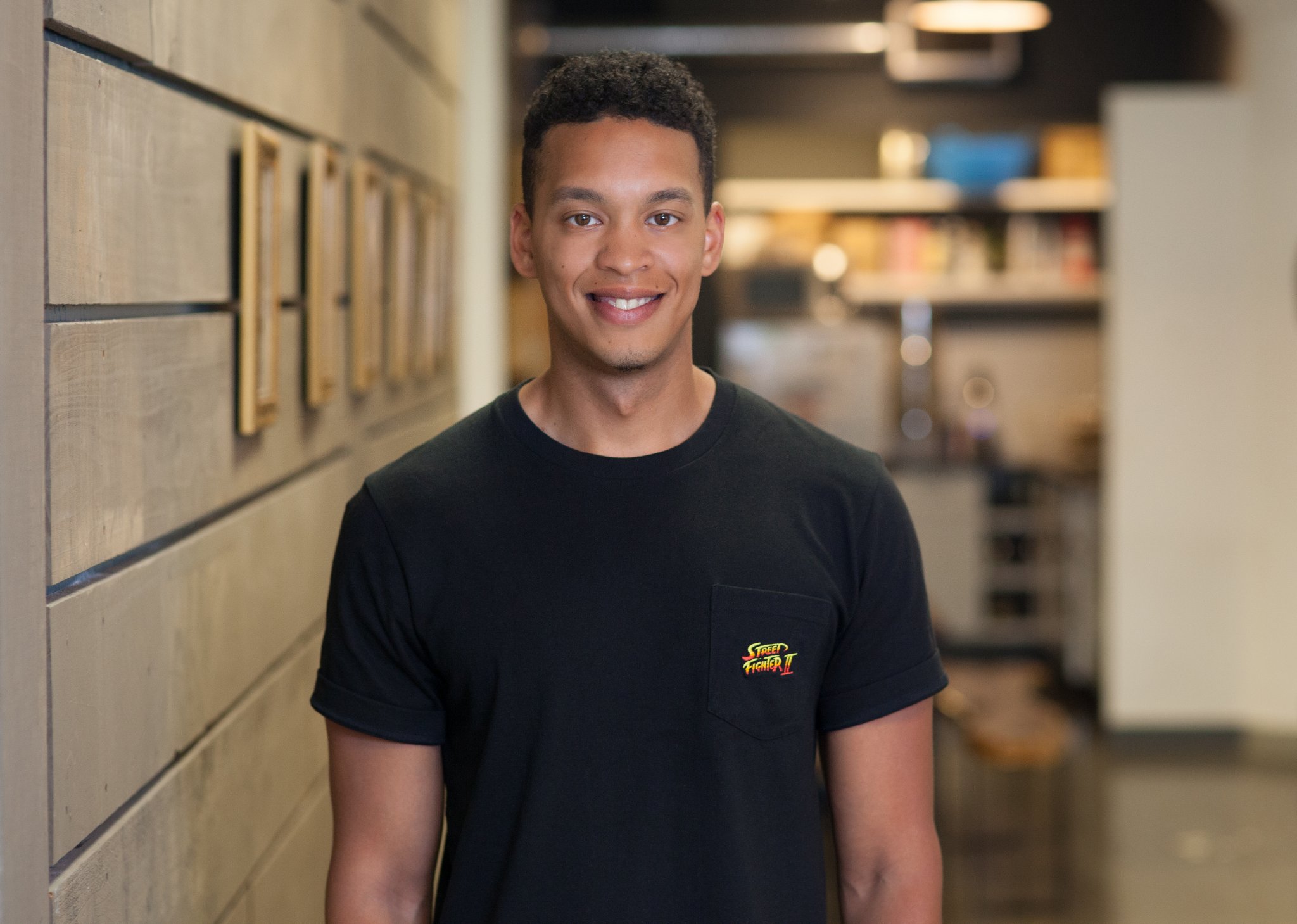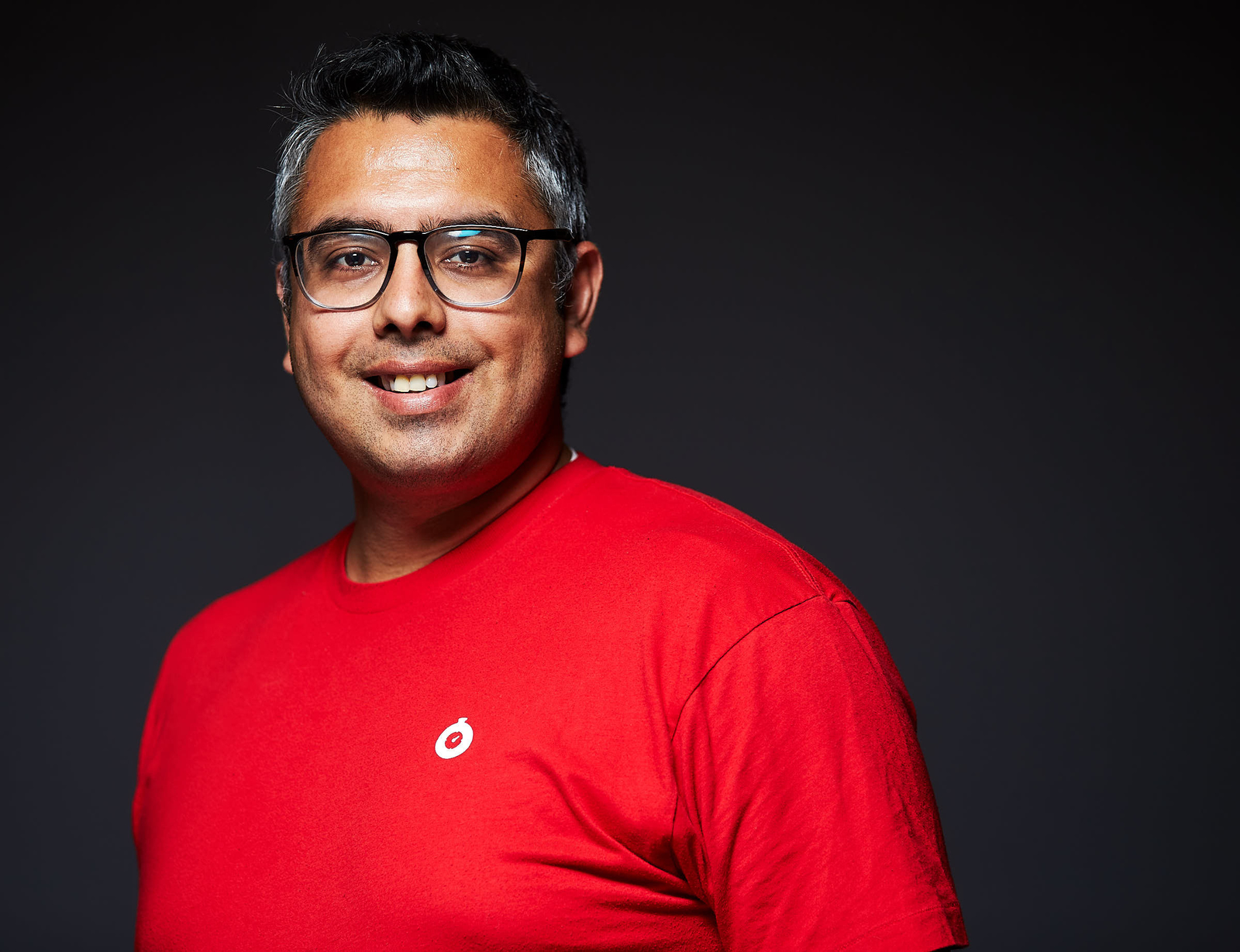Welcome to Episode 13, the first episode in Season 3!
Storytime With Managers is a collection of twenty minute conversations where Jennifer Tu finds answers to questions of interest to both established and budding leaders in technology fields. Before his software career began, [Mannah Kallon (@mannahkallon on Twitter)](https://twitter.com/mannahkallon) worked as both a New York public school teacher and as a BBQ restauranteur. In Episode 13, we talk with Mannah about what he learned in those careers, and what he's learned to apply and look for in his software career.
Transcript
JENNIFER: Welcome to Storytime with Managers, a podcast by Cohere.
I’m Jennifer Tu, and I’m here with Mannah Kallon to talk about what we can learn from other industries. Mannah, can you tell us a little about yourself?
MANNAH: How’s it going?
JENNIFER: Good. It’s good to have you here.
MANNAH: Thanks so much for having me on the show. I’m really excited. I am currently a software engineer. But before that, I was a restaurateur/chef and I taught public school in New York City. And I’m excited to talk about how those little belearnings in those industries have transferred into my life as a software engineer here in the Bay Area.
JENNIFER: Oh, this is really neat. Can we start with the teaching part?
MANNAH: Yeah, absolutely. I was a teacher of fourth grade all the way up to high school, so I taught elementary, middle and high school.
JENNIFER: Wow. That’s a big spread.
MANNAH: Yeah, there are more similarities than differences, actually. But I got into teaching through a program called the New York City Teaching Fellows. So I didn’t study teaching in college. I actually studied philosophy and psychology and I was very interested in the academic track and I wanted to continue that. And I saw the Teaching Fellows program as a way to get my master’s degree for free and to continue in academia. So coming into teaching, it was literally baptism by fire, where the first year is fourth grade and the last time I was in fourth grade was when I was a fourth grader. And I had a lot of assumptions around what teaching was. I definitely wanted to be Michelle Pfeiffer from Dangerous Minds and I thought that I was going to come in and change the world. My perspective teaching early on was much more from the teacher perspective and much less from the student perspective. It wasn’t until I actually sat down with the kids and started to understand where their needs were that I feel like I was able to be an effective educator.
JENNIFER: It sounds like you went into your classroom on your first day and you had this vision in your head and then you saw that what you had to work with wasn’t that. How did you resolve that difference and what helped you kind of take a step back and figure out what to do next?
MANNAH: I think that what really helped me was goal setting. What did I really want out of this academic year? And then break that down to more reasonable walks: this academic week, this day, this class period. And once I understood what my goals were, it was much easier to kind of chart a path to get there. And the thing with being in a classroom is that path, it might be slightly different for each and every child. So, how can I identify what I feel like a kid needs at any given time and if possible, bundle that with other kids with similar needs so that I can be efficient with the effort that I’m using to get kids over the hump?
JENNIFER: How do you do that?
MANNAH: Again, it really starts with understanding where you’re trying to go. Being reasonable and what is the ultimate goal, and what is the next reasonable thing that you can do to help get them there? In education, there’s a thing called a proximal zone of development where you want a student to be just beyond what they can do so that they are in the zone of learning. Pronouncing the letter A for an eighth grader is probably not that difficult, but maybe Harry Potter is a book that is going to challenge them at a level where they can maybe read the words, but they might need to have a little bit of a conversation around to really get the context and understand what they are consuming.
JENNIFER: Okay. How do you help them with that?
MANNAH: The most important thing is to provide appropriate challenge, to really have an assessment of their current understanding and tie that to the curriculum. As a teacher or as a leader, your job is to understand how to get the people you’re leading to take the next step, I would say. And to do that, you have to have a clear vision of what the next step is and a clear vision of where the learner is in order to craft that plan, to get someone from point A to point B.
JENNIFER: One thing that’s really striking me about what you’re sharing is like you’re pointing out the parallels with engineering leadership. And I’m thinking about how you went in with goals and objectives about what the year should look like and broke that down into small pieces. And you are looking at how you could bring your team, your classroom of students together to be able to accomplish that. And another thing that I noticed was you were recognizing that different people, different students would have different strengths in different areas. And I’m wondering if you had any strategies for maybe how to recognize strengths that weren’t obvious in assessment test. Like, maybe someone is kind of mediocre in test taking, but they’re really good at explaining concepts to their classmates. So, how do you find strengths like that and build people into teams within your team?
MANNAH: Assessment is often a dirty word in education because people think of tests and specifically standardized tests. I would like to kind of destigmatize that a little bit. I think as a teacher or as a leader, you’re constantly assessing. And it’s not to find what people don’t know, it’s so that you can find how you can help people grow. So, you’re always looking at your students. You’re looking at how they approach problems. Are they able to kind of explain where they are, regardless of whether they get to the “right solution”. You’re looking at how they approach problems. You’re looking at how they communicate problems. You’re looking at how they communicate with each other and how is that different in different contexts? Are they a leader, perhaps on playground, like in basketball? Maybe that leadership takes a different form in the classroom when you’re actually doing a lesson. So, you’re constantly assessing.
And then to kind of maximize your efforts, you are seeing how different students’ strengths kind of play off with each other and bring out the best in each other. So if you have a student or someone who is great at talking about a thing, you might put that with someone who might be a little bit more technically strong so that they both get to the right answer, to suss out like, what are the moves that the more quiet student is making that would enable the more vocal student. And then by giving voice to maybe some of those moves, it’s a win-win for both participants.
JENNIFER: Do you have any advice for how to begin that assessment? We’re talking about individuals right now of seeing one person who’s quiet but very knowledgeable, one person who is able to express ideas easily. But imagine your classes must have been pretty big. So, how do you look at this big sea of strangers and begin to assess them as a group and also as individuals?
MANNAH: You constantly want to be aware of the dynamics. A lot of times, you start off the year with some getting-to-know-you games. That’s a great way to see where people are comfortable, where people are shy. You listen to what people talk about. If you provide a place for people to be comfortable, they’ll share with you their likes and dislikes. And from that, you can kind of suss out things that are important, also things that are motivating. If people are really into a topic, like people might be into dinosaurs, or they really like their family and they love telling those stories. You learn how people get information.
“This weekend, we went to the library and I got all these books.” “I watched this movie. And in this movie, they did this really cool thing.” “I wonder if time travel really works that way.” So, you’re constantly listening and trying to see how what is being said applies to something that you might want to do, whether it be who would be really good at writing a personal narrative, who would really benefit from a hands-on science project, who would be able to take the lead when it comes to maybe doing some sort of performance or sharing knowledge? It really comes from listening and not letting your assessment be confined to any sort of singular exercise.
JENNIFER: Wow, that’s really helpful. Thank you. You mentioned the idea earlier of someone wondering, “Hey, I wonder if time travel really works this way.” And I’m wondering what you did when students asked you questions or posed questions in areas that you didn’t have an answer for. I’m especially thinking, you know, middle school can be pretty rough and students might be a little bit eager to topple the teacher. So, what did you do in those circumstances where you had to maintain your position as a teacher while not necessarily knowing the answer?
MANNAH: Yes. I think a common misperception is that the teacher provides the answers. And at least in my case, I didn’t want to be the one who had the answer. I wanted to be the one who facilitated the learning. So regardless of whether or not I have the answer to any particular question, I want to take that question and have the student extrapolate on it. Maybe I want them to do some research, “Okay, where do we go to find information like that? What’s the first source you would look at?” Maybe I want to encourage their creativity. What might time travel look like? How could time travel exists? Like what would have to happen? What would things you might be worried about? Maybe I want them to think about the events of the past. Like, if you could time travel, what would be the ramifications? Where would you go? What would you do? I personally never struggle with what to do when you don’t have the answer because I want to help the student find the answer. I don’t want to be the answer delivery service.
JENNIFER: Wow, that’s really neat. So, kind of thinking about the parallel of if someone says, “Let’s containerize this with machine learning,” then you might say, “Great. How would you do that?” And let them run off and do their happy thing within limits and pulling them back.
MANNAH: Yeah, absolutely. No, but it comes up a ton in engineering where it is a combination of, “Cool. I want to do this cool thing.” or, “I noticed this technology and I’d love to give it a try. But let’s examine the pros and the cons and let’s examine that within a business context. We could do something maybe fast and a little less technically exciting. Or maybe we can do this thing that might take longer and have some sort of deeper technical benefit, but weigh the pros and cons of both those approaches.” I think that that is a conversation that I look forward to having, not only to address the issue de jure, but also in having these conversations, we’re coming up with all sorts of ways of solving problems that might not be appropriate for today, but may have implications for what we do tomorrow.
JENNIFER: Yeah. I feel like I could spend all of the rest of this time asking you about teaching. But I also really want to ask you about what it’s like to run a restaurant. As a restaurant owner, you were probably in charge of a number of people and a number of operations to keep meals coming out like clockwork. And I was wondering, I guess, like what kind of restaurant you had, how big was it and what would you do when things weren’t working?
MANNAH: I am from New York, so it was a barbecue restaurant in New York. Especially at that time, a cool thing about barbecue restaurant in New York is people didn’t really know what barbecue was. So, the concept was we were kind of introducing the different styles of barbecue. The North Carolina with the vinegar sauce, South Carolina with the mustard sauce, dry rub, wet rub, Texas brisket. These were foods that were being reintroduced to the paradigm.
Running the restaurant, the first thing you start off with is a plan. And anyone who’s had any sort of substantial plan knows the plan is fantastic until it’s actually implemented and then you realize that there’s a bunch of things you didn’t think about. The main job I had in running the restaurant, being the owner and the general manager or whatever you want to call it, was understanding, again, where we were and how do we get back to the plan. So, getting the servers to explain the concept of the restaurant and maybe upsell some things and understand how to take orders in the most efficient way for the kitchen and making sure that that system is not only well-defined and well understood, but then well executed.
Then in the kitchen, how do we set up for service? What is – we call the hot table. It’s a steam table where things are kind of ready to go. What is in the lowboy, which is a refrigerator, which maybe things need to be taken out or cooked? Or maybe it’s like a salad, how do we keep our cold items cold? How are we balancing the line where there is enough room for the different plates? Obviously at a barbecue restaurant, we’re selling a lot more pulled pork sandwiches than salads. So, how does that affect the space that each item can occupy on the line?
JENNIFER: It sounds like there’s a lot of places where things can go wrong. And could you walk me through some typical failure that might happen within the system and how you would respond to that?
MANNAH: Typical failure, more often than I would like, but quite often things would break down, particularly with a specific order. So someone would order something and it would come out wrong. And what I felt I need to do was like solve the problem for the customer right off the bat. “Okay, you ordered ribs and brisket came out. Let’s make sure that you get ribs.” So, that kind of changes the queue in terms of like what’s coming off the grill. The first thing we need is an order of ribs to satisfy this customer and we need to push back all the other ribs. So, first thing we need to do is take care of the customer. Then we need to assess the impact on the system. Right now, we need to replace that order and get another order of ribs cooking. Then afterwards, we need to assess the breakdown. What happened? Was the order keyed into the system wrong? Is there potentially a problem with the system? Is it unclear to the server? How do we minimize not only the mistakes but the potential for mistakes?
JENNIFER: How do you do that? Do you personally go and trace it through? Do you get other people to join you in that? How does that analysis happen?
MANNAH: For a problem like this, as the general manager, I hopefully wouldn’t have to deal with these individual things. I would be working with my managers to make sure that they are going through those processes consistently. I personally would be looking at the macro and the macro would be like we are getting a lot of miscued orders. And the miscued orders tend to be, like I said, somebody meant to order ribs but they ordered the brisket. If this is happening enough, that’s probably not an individual problem. That’s probably a systemic problem. What can I do to the system to ensure that we minimize the opportunity for that problem? Whether that means changing the interface, whether that means a confirmation button, there are those sorts of things. Or maybe it means training.
JENNIFER: Maybe the servers are saying brisket half the time when they mean ribs.
MANNAH: Right. Maybe they’re saying beef and people don’t know the difference, and therefore they’re miscuing in there. So understanding it at the minor level, how do we deal with that problem now, and then extrapolating it to the macro level? If this is happening more than once, let’s examine it at that level.
JENNIFER: We’ve got time for one last question. One thing that you said was that as a general manager, you’re looking for overall trends and you’re trusting, I guess, your shift managers to look into the details for you. And I’m wondering, do you have any general thoughts on how to set expectations with these managers while giving them room to do their job?
MANNAH: Yeah. With kind of every job, I want to manage in a way that I am empowering people. So we are going to go through the process maybe once or twice. I am going to ask after the fact, “Hey, how did things go?” “Oh yeah? This customer wasn’t happy? How did you handle it?” And again, revisiting things that I would do with my students, is that the best way to handle it? Is there something else that we need to look at? And let’s explore it together. Again, I don’t necessarily want to provide all the answers, but I do want to facilitate the learning and the understanding. So, if I can, through a conversation, “Hey, what did you do? What could we do?” Maybe they did the perfect thing. That’s a great place to get to. More often than not, maybe we get to a place where, “Next time, I would like to approach it in a different way.” That’s a great conversation as well. So, the way that I try to build trust in my shift managers is to involve them in the conversation and have them come to some realizations through conversations with me and kind of on their own, rather than me giving top-down directives.
JENNIFER: Yeah. Oh, wow, this is really helpful. Mannah, thank you so much for taking the time to talk with me today about teaching and about being a restaurateur. There is obviously a lot of parallels between both of your previous careers and engineering management. If people want to keep talking with you about this, what’s a good way for them to get in touch?
MANNAH: I am on Twitter and my Twitter handle is my name, @MannahKallon. Not too hard to find. So, I look forward to hearing from your listeners.
JENNIFER: All right. Thanks so much.
Thanks for listening to Storytime with Managers by Cohere. I’m Jennifer Tu. Our theme music is by Kevin MacLeod and we are edited by Mandy Moore and the DevReps crew.
If you like this episode, please think about leaving us a review on your favorite podcast listening platform. This can make a really big difference in helping other people find and start listening to Storytime with Managers. Thanks so much.





